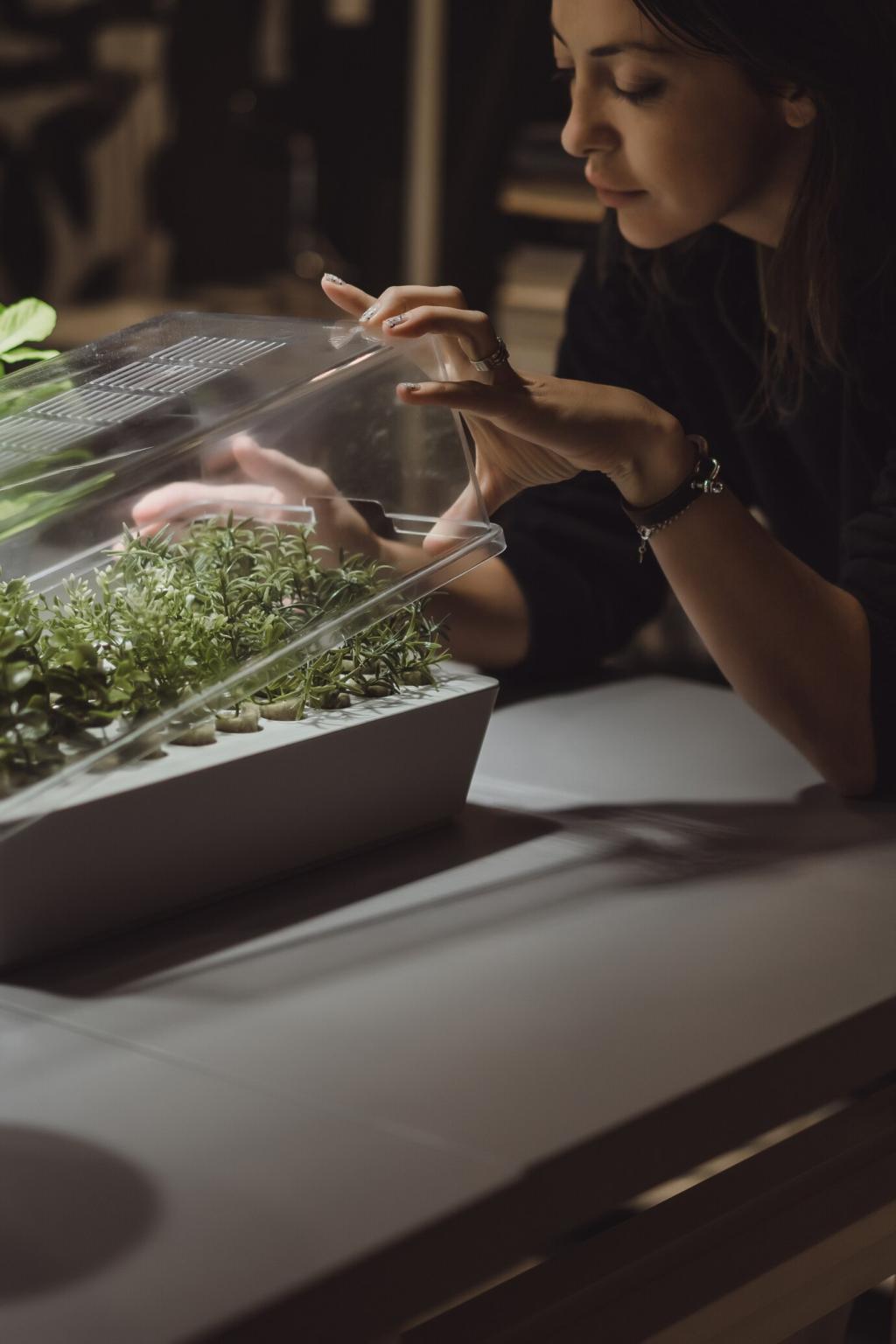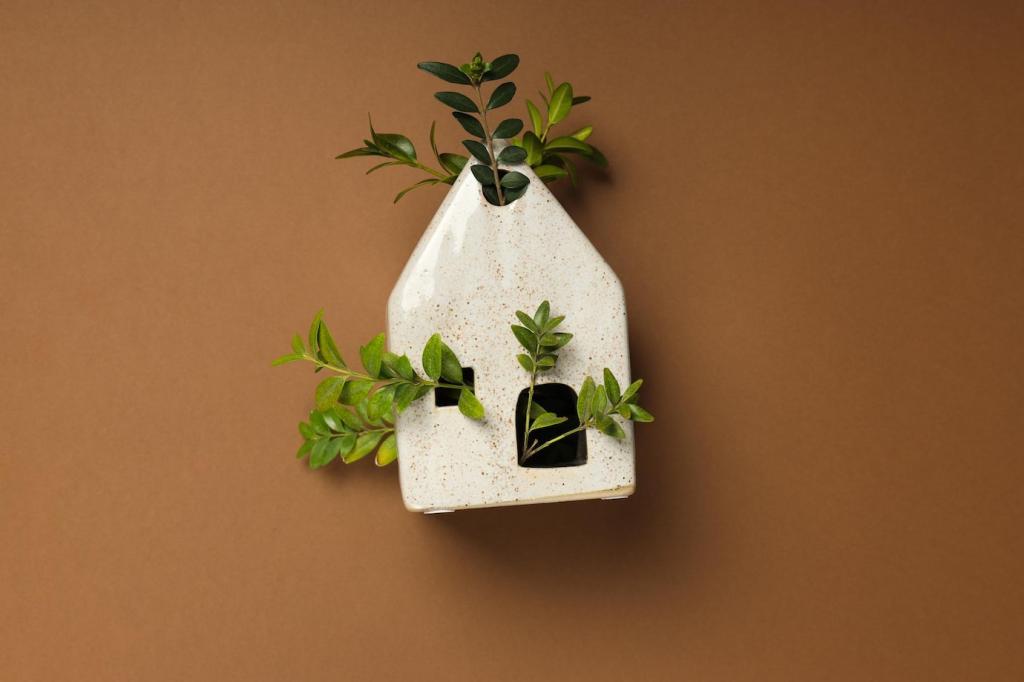Light, Shadow, and Air
Pull seating within reach of windows, use sheer curtains to diffuse glare, and bounce light off matte, pale surfaces rather than glossy ones. Simple reflectors like light shelves or a well-placed mirror can extend daylight deeper inside while keeping the atmosphere calm and evenly lit.
Light, Shadow, and Air
When daylight fades, keep the sky’s rhythm with layered, warm-toned lamps in the evening and focused, cooler task light earlier in the day. Choose dimmable fixtures and aim light at surfaces, not eyes. This biophilic lighting approach supports restfulness without sacrificing clarity and productivity.
Light, Shadow, and Air
Cross ventilation, plants as companions rather than air purifiers, and awareness of humidity create fresher interiors. Crack a window, add a fan to guide airflow, and avoid overwatering. Consider a simple monitor for carbon dioxide and humidity, then share your favorite ventilation tricks with our community.
Light, Shadow, and Air
Lorem ipsum dolor sit amet, consectetur adipiscing elit. Ut elit tellus, luctus nec ullamcorper mattis, pulvinar dapibus leo.








